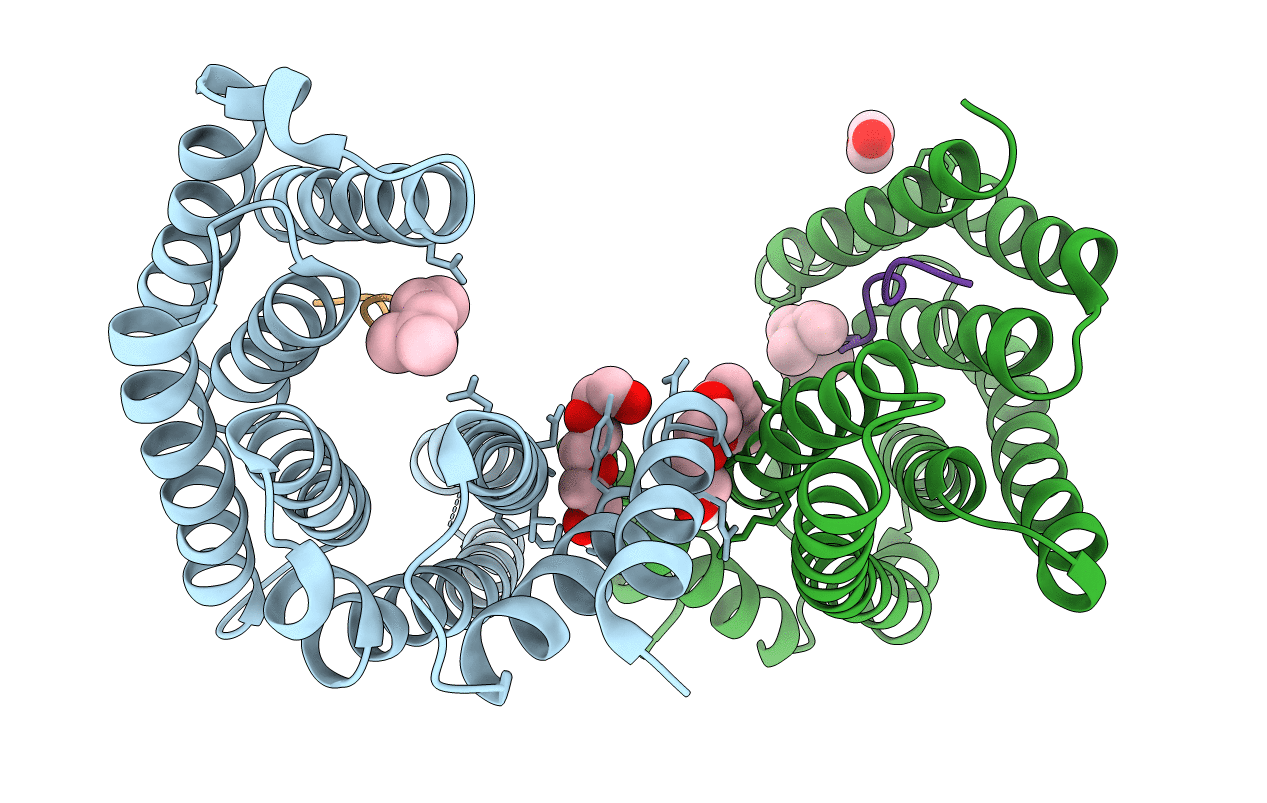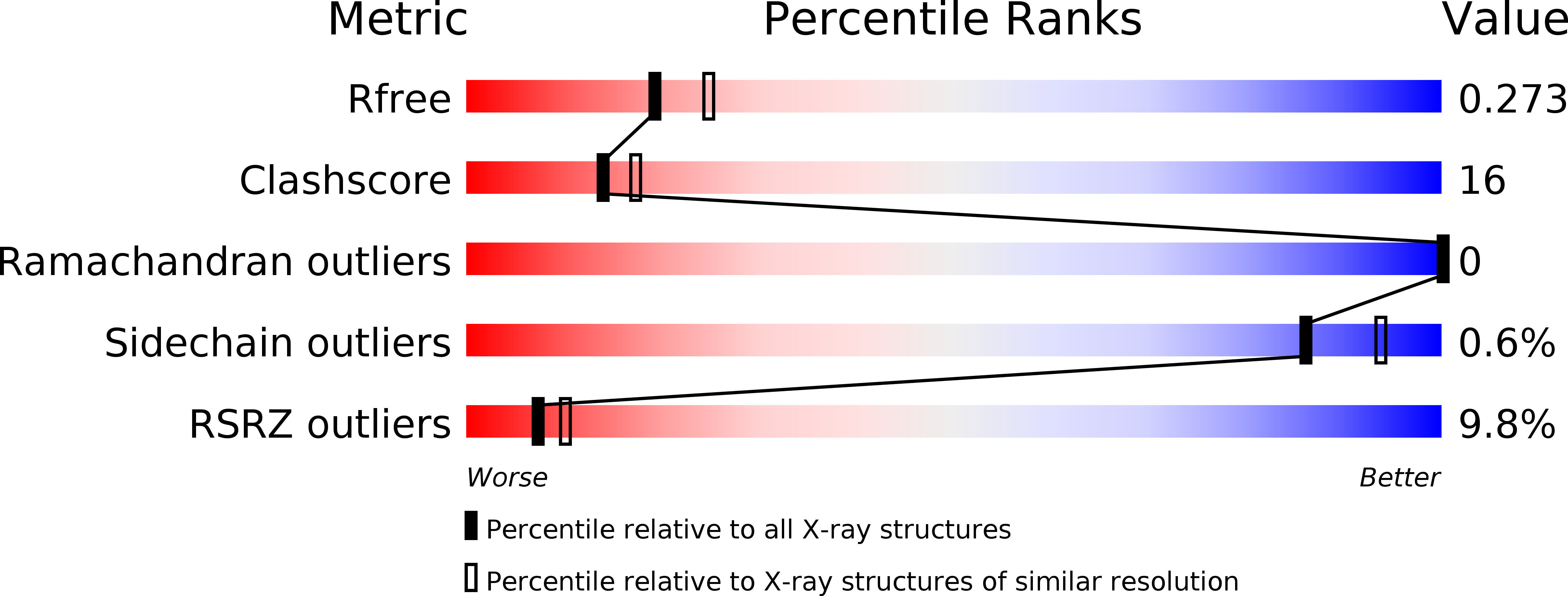
Deposition Date
2013-03-23
Release Date
2013-05-29
Last Version Date
2024-11-20
Entry Detail
PDB ID:
4BG6
Keywords:
Title:
14-3-3 interaction with Rnd3 prenyl-phosphorylation motif
Biological Source:
Source Organism:
HOMO SAPIENS (Taxon ID: 9606)
Host Organism:
Method Details:
Experimental Method:
Resolution:
2.30 Å
R-Value Free:
0.27
R-Value Work:
0.24
R-Value Observed:
0.24
Space Group:
P 21 21 21


